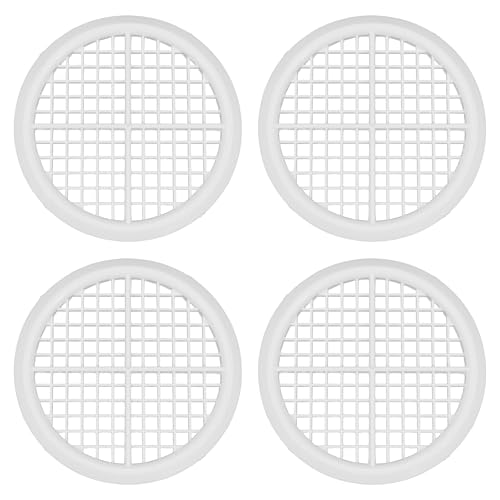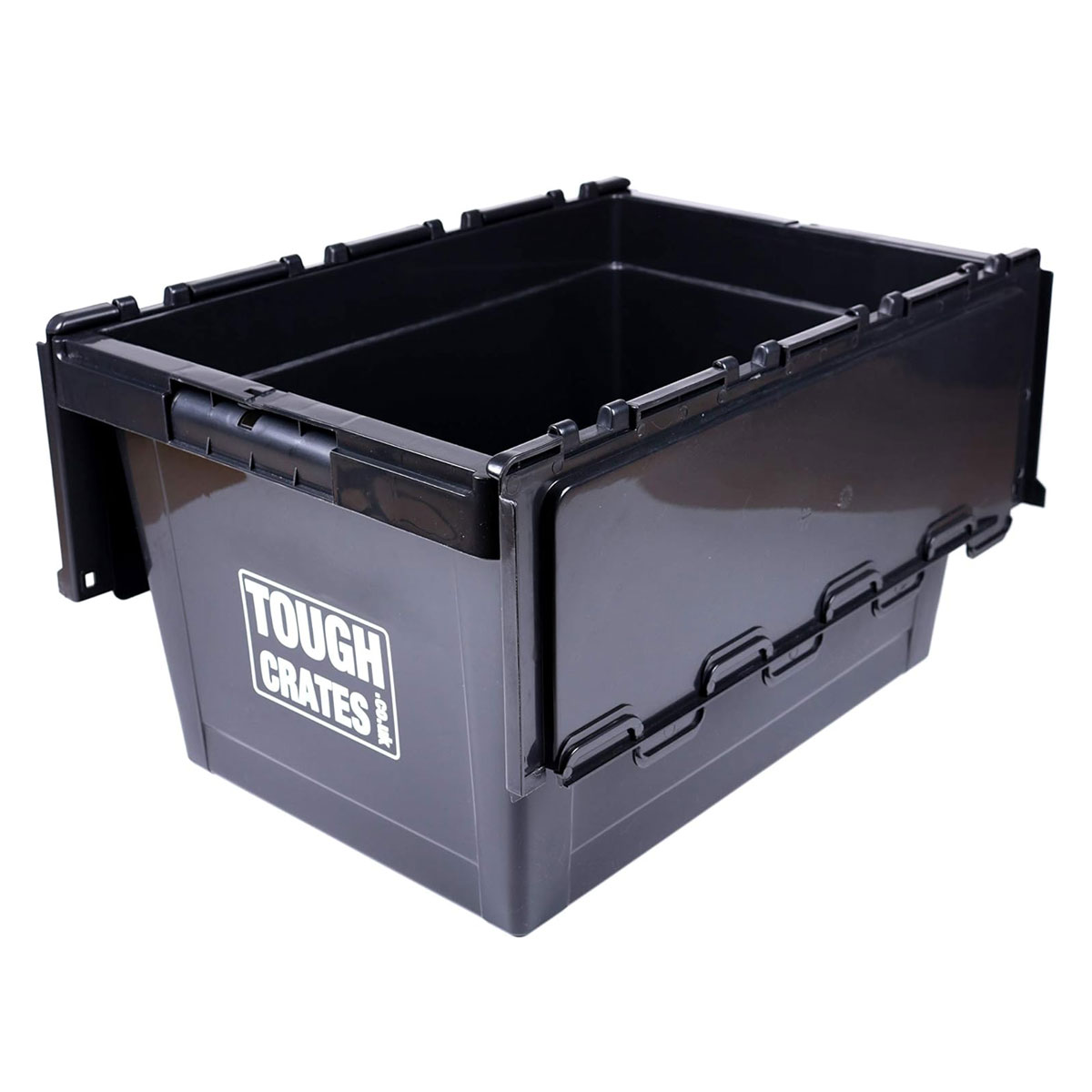How adding these types of loft ventilation can stop condensation in your attic
Without the right loft ventilation damp can go unchecked and cause some serious structural issues. Here the experts tell you what you need to know to stop it happening
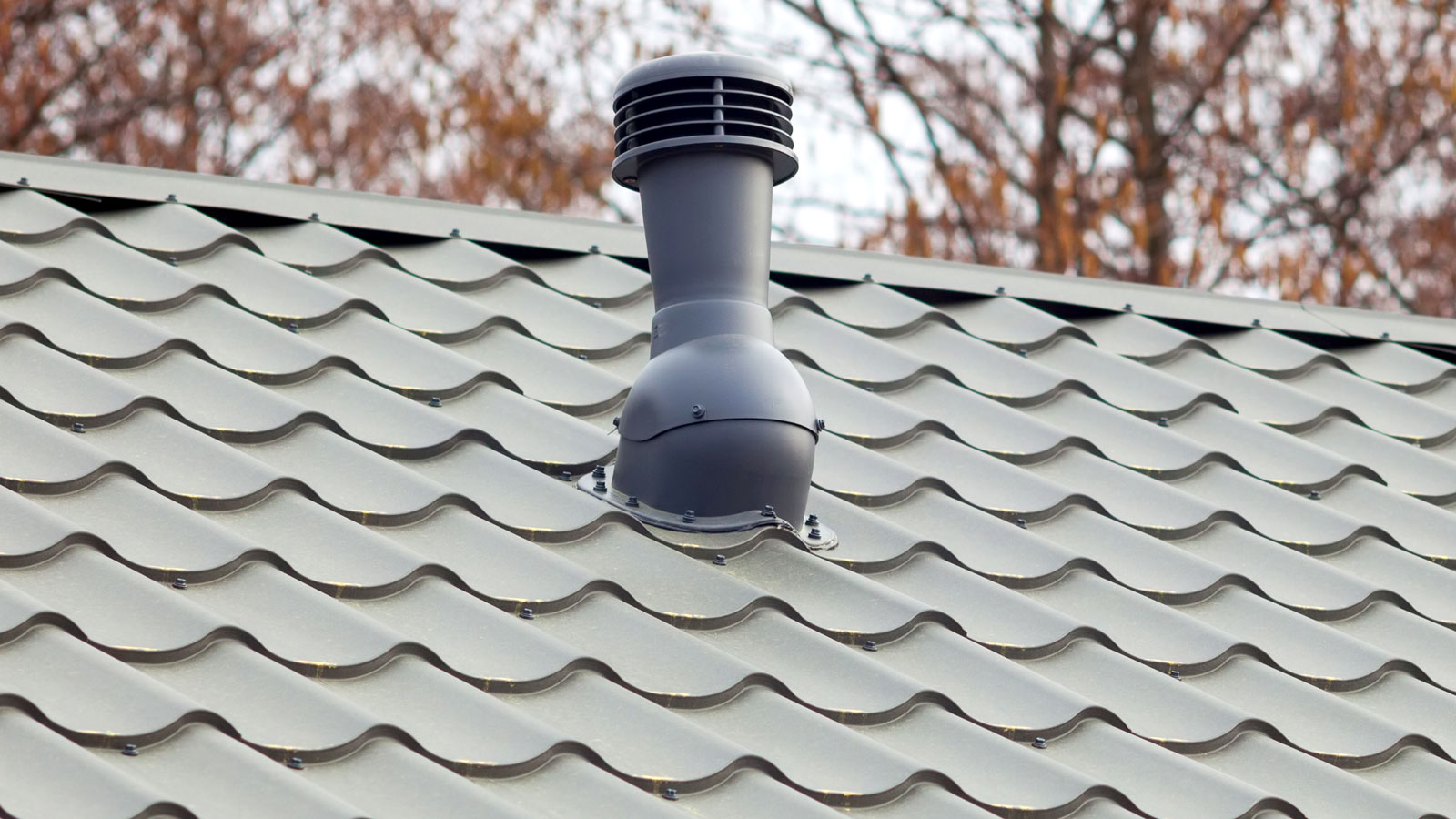
When the colder months of the year close in condensation can quickly build up in a loft space, leading to excessive and unwanted moisture. This can saturate the timbers and eventually comprise the structure of the loft space.
But it's not just the damage it can do to the fabric of your home. Condensation will lead to damp issues, which can lead to mould, which will raise the risks to you. So the right type of ventilation is crucial for the well being of you and your home.
Here the pros give you the lowdown on what types of loft insulation is available and how to be compliant with building regulations.

Rob Stone is the Founder and Director of the UK’s leading loft boarding company, Instaloft. A highly driven entrepreneur, Rob’s rags-to-riches story has seen him create and grow the Instaloft brand from a small start-up, into a multi-brand group.
How loft ventilation stops condensation
Rob Stone, founder of loft boarding specialists, Instaloft, says: “Lofts are typically cold spaces, with the house being typically warmer. When this warm air from the house meets the cold of the loft, condensation will occur if there is no adequate ventilation, and quickly build up.
“Over time, condensation can seep into the wood of roof trusses, causing the wood to become wet, and potentially weakening the roof structure of a home.”
Rob adds: “The temperature differential between different parts of the house, combined with a lack of ventilation in the loft creates the perfect damp conditions for mould to thrive and build up.”
Samuel Hitch, MD at Buy Insulation Online Ltd adds, "If that warmer, moisture laden air becomes trapped in the loft it will begin to condensate on the cold surfaces like rafters, tiles and bitumen based felt and start to drip down on to any contents or the ceilings below.
This is most pronounced in winter when external surfaces are much colder than the ambient air inside the loft. Mould will inevitably begin to form on timbers and contents as it is happiest in humid dark climates from 60% humidity and up.
The old bitumen felt that is non breathable exacerbates the problem as it effectively traps humidity within the loft."
Home heating and insulation expert and LoftZone CEO Dave Raval warns against overfilling your loft with storage.
He said: “If your loft is overcrowded, this can also block ventilation. The loft constantly needs breathing space so the air can flow, allowing your home to be warm in the winter and cooler in the summer.”

Samuel Hitch is the owner of a number of companies in the UK involved in the insulation industry. He has over 20 years experience in the industry and can give or find you the answer for any questions you may have about insulation.
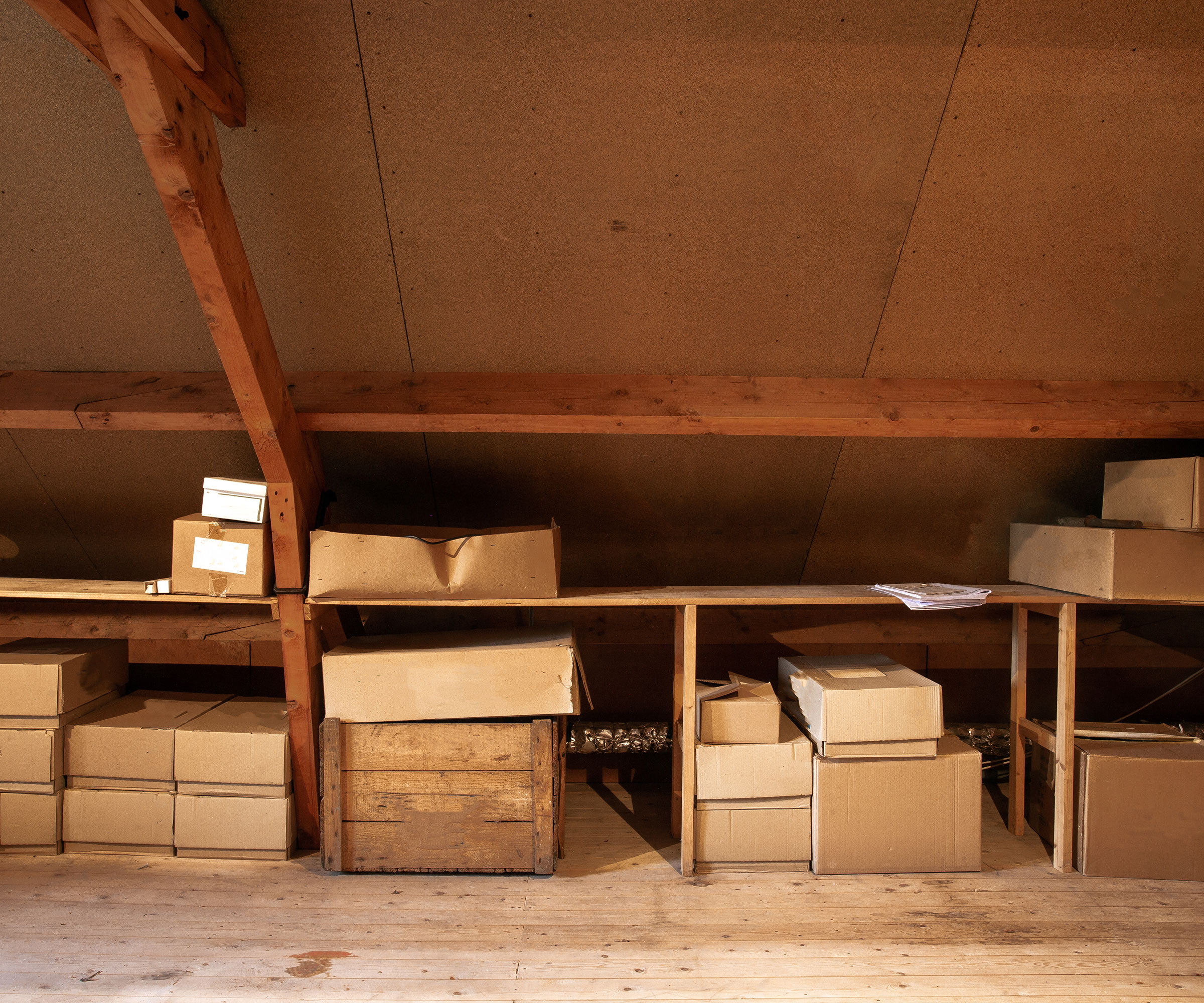
Try these for your loft space
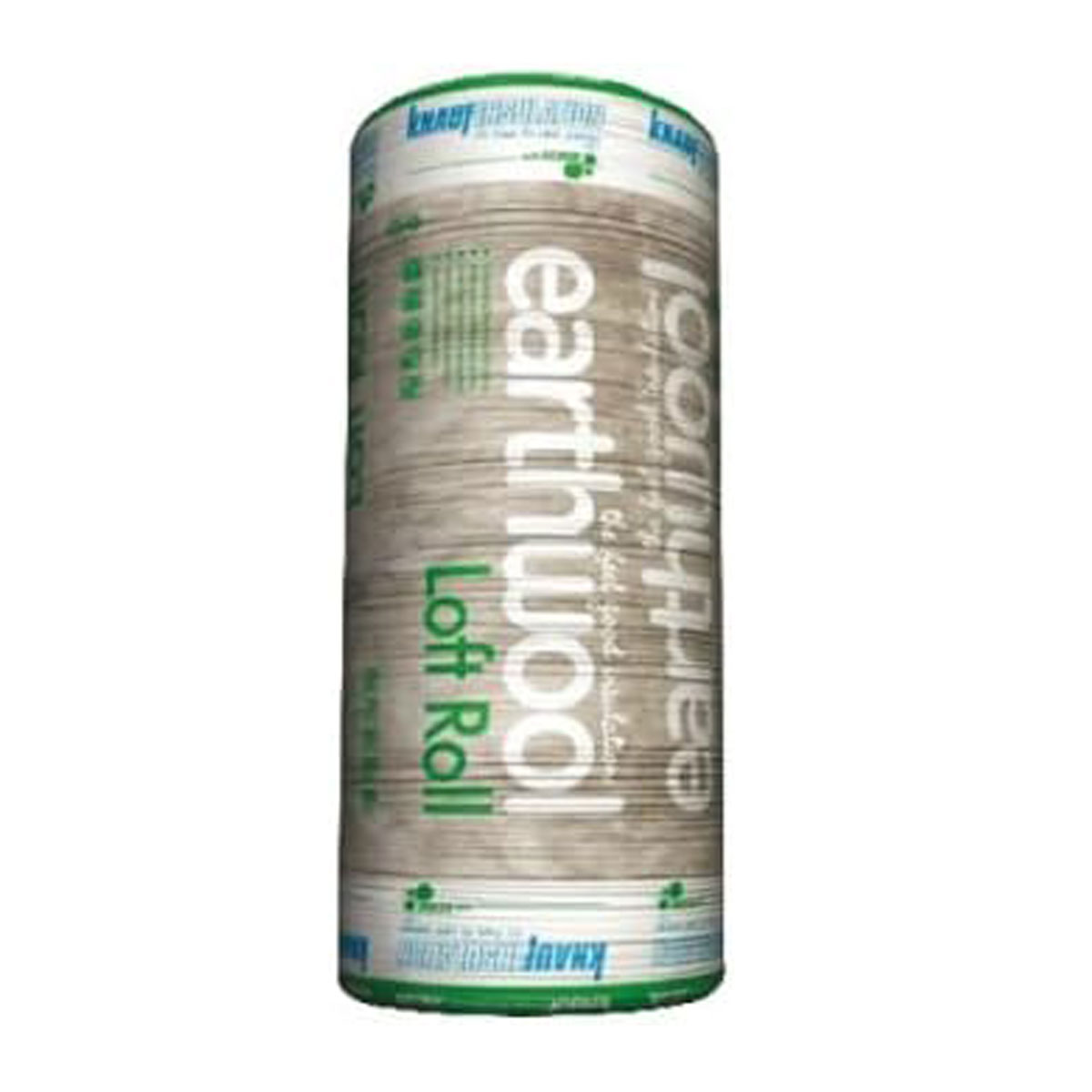
Manufactured using recycled materials this superior insulation will help regulate the temperature in your loft space and is easy to fit.
Types of loft ventilation
Adam Blair, the founder of roofing contractor company ADM Roofing Ltd, outlines the main types of roof ventilation available:
1. Running vents These stretch across the soffit boards that span the underside of the roof. For the sake of ease, this type of ventilation is typically installed alongside the roof as a whole, meaning this type of ventilation would be ideal if you are looking to completely overhaul your loft. Otherwise, this time consuming process may not be a practical cost-effective solution for you.
2. Circular soffit vents These are small plastic vents carved into softboard panels, which are there to keep the loft insulated. Unlike running vents, this type of ventilation is much easier to implement and can be lined up with any additional work you are looking to do to your loft.
3. Ventilation slates These can provide extra ventilation support to any house that may be lacking efficient built-in ventilation. These slates can be placed all around the roof, mixed in with standard slates and tiles so as to not compromise the neat uniform look of the roofing work.

Gary Jarman has over 40 years of experience in supplying building materials. He has extensive knowledge of building and supplies. Over the years, Gary has built a strong reputation for reliability and knowledge, helping clients choose the right materials for their projects.
Loft ventilation and building regulations
Gary Jarman, from Building Shop, shares what you need to consider, "To ensure that your loft ventilation is compliant with building regulations, it's important to consider what type of loft your property has. In other words, if your space is inhabited and used as a living area, or uninhabited and used for storage."
Beyond these considerations he starts with what you need for an inhibited loft, "As inhabited lofts have insulation next to the surface of the roof, they require a minimum ventilation pathway of 25mm around between the insulation and the surface of the roof. This also requires a continuous opening at the eaves of the roof, this is in line with the British Standard BS 5250."
He adds, "In addition, a 5,000 mm²/m opening across the length of the ridge of a roof is required to remove moisture from this space. Furthermore, if you have a bathroom in your loft space then an extractor fan is required by building regulations."
There are different ways to help with loft ventilation such as insulating a loft hatch. But another way is to take on a loft conversion. Check out types of loft conversion and bedroom loft conversion ideas for insight and inspiration.
Get the Homebuilding & Renovating Newsletter
Bring your dream home to life with expert advice, how to guides and design inspiration. Sign up for our newsletter and get two free tickets to a Homebuilding & Renovating Show near you.
Sam is based in Coventry and has been a news reporter for nearly 20 years. His work has featured in the Mirror, The Sun, MailOnline, the Independent, and news outlets throughout the world. As a copywriter, he has written for clients as diverse as Saint-Gobain, Michelin, Halfords Autocentre, Great British Heating, and Irwin Industrial Tools. During the pandemic, he converted a van into a mini-camper and is currently planning to convert his shed into an office and Star Wars shrine.
